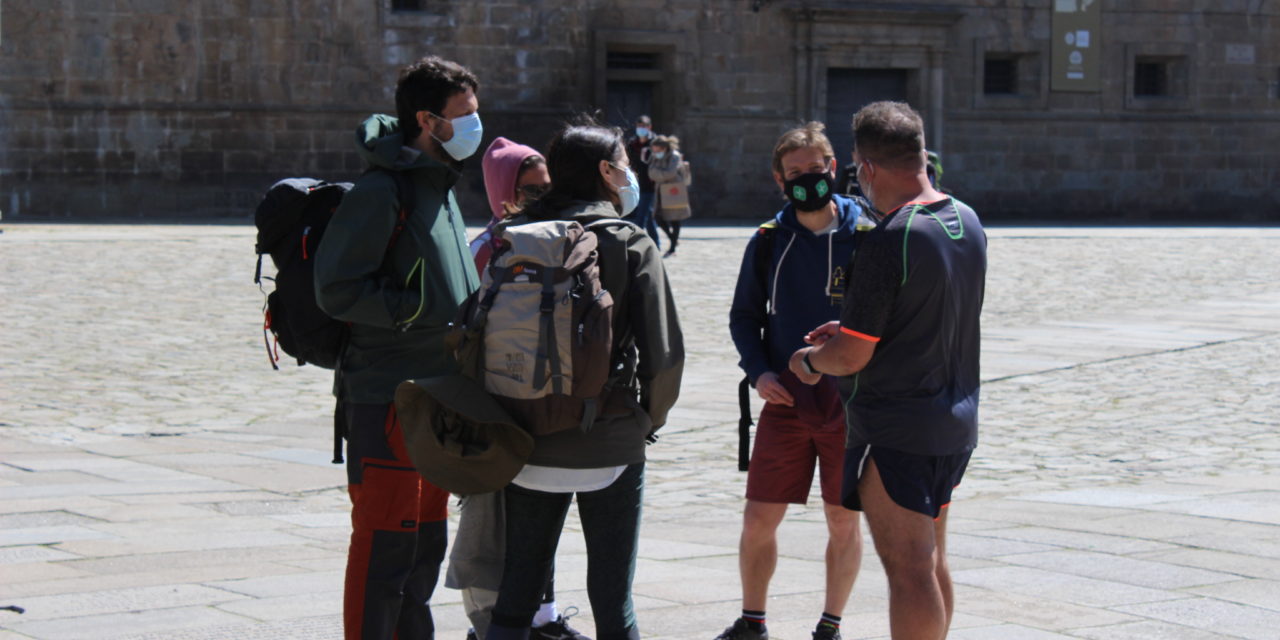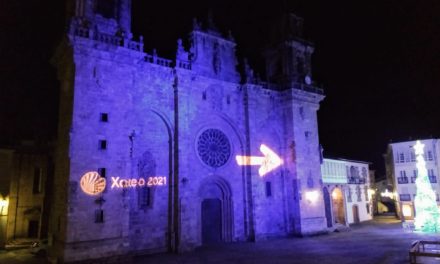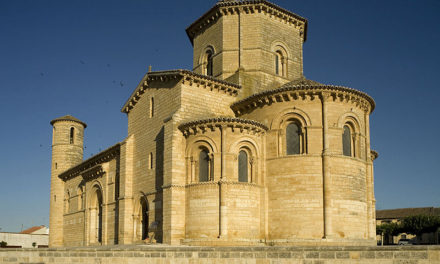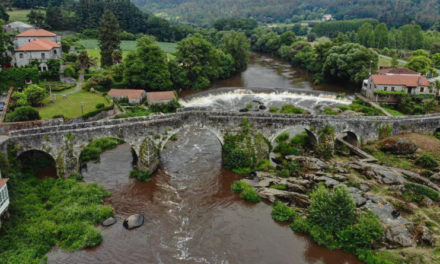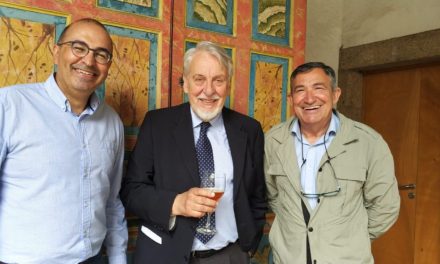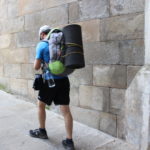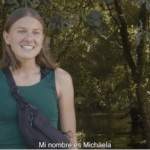We continue to review the monthly numbers of pilgrims. Still in Covid-19 times, with many restrictions and perimeter closures, the Camino began a slow recovery in the month of March. Who knows what reasons drive some pilgrims to try to get to Santiago facing so many difficulties! Although we all know that the wishes and dreams of thousands of pilgrims are waiting for any possibility to come…
The Compostela was collected by 194 pilgrims: 105 men and 89 women. Of these, 187 did the Camino on foot; 5 by bicycle and 2 on horseback.
Their nationalities were: 155 Spain (of which 129 were from Galicia); 5 Germany; 4 Argentina; 4 Mexico; 4 Italy; 3 Poland; 3 Venezuela; 3 France; 2 Iran; 2 Estonia; 2 Colombia; 1 Switzerland; 1 UK; 1 Austria; 1 Peru; 1 Japan; 1 United States; 1 Israel.
The most traveled was the French Way (121); followed by The English Way (29), The Central Portuguese Way (16), The Primitivo (10), The Coastal Portuguese Way (8); the Vía de la Plata (5) and the Winter Way (4).
The main starting points were in Galicia: Sarria, O Cebreiro. Ferrol, Tui, Vigo, Lugo or Ourense; but Oviedo, Ponferrada, Madrid, Seville and Montserrat were also the starting point. Some pilgrims managed to arrive from other countries, having started the Camino in Lisbon or different places in France.
There were no incidents and the pilgrims who arrived in Santiago did so following the hygiene and safety regulations and respecting the restrictions. In Galicia and Compostela the situation has improved a lot, it being possible to spend the night in all the towns of the Camino and use the hostelry services, and in Santiago also pick up the Compostela, attend the Pilgrim’s Mass and visit the cathedral.
These are not good times for pilgrimage and we ask everyone to respect the rules and prohibitions at all times. To those who respect them and do not put their health or that of others at risk, we welcome them.

